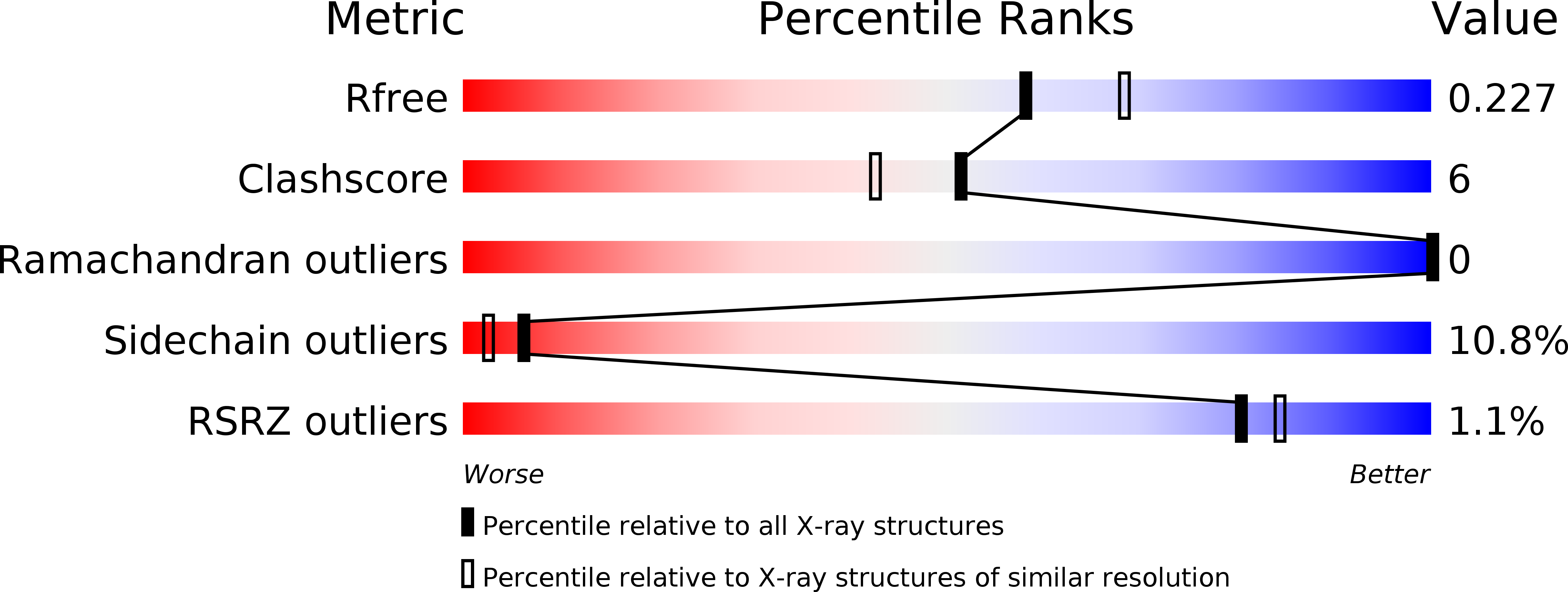
Deposition Date
2006-01-11
Release Date
2006-01-13
Last Version Date
2023-12-13
Entry Detail
PDB ID:
2CC1
Keywords:
Title:
Crystal structure of the class A beta-lactamase from Mycobacterium fortuitum
Biological Source:
Source Organism:
Mycolicibacterium fortuitum (Taxon ID: 1766)
Host Organism:
Method Details:
Experimental Method:
Resolution:
2.13 Å
R-Value Free:
0.22
R-Value Work:
0.16
R-Value Observed:
0.16
Space Group:
P 21 21 21


